Oaxaca: Day 2 - Into the Mountains
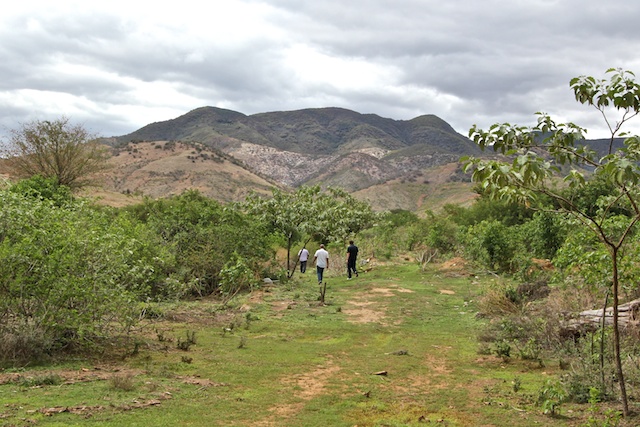
We began our adventure by heading south of Oaxaca de Juárez to Santa Catarina Minas -- literally translated: the mines of St. Catherine. There was once a large silver and nickel business operating deep underneath the terrain of the montañas, but today it's mostly just a maze of empty tunnels. When we arrived at Real de Minas distillery, half-owned by Jake and his partner Jose Espinoza, we took a full tour of the facility and watched the workers operate the clay pot stills. It wasn't until after a few hours that we headed for a walk into the hills.
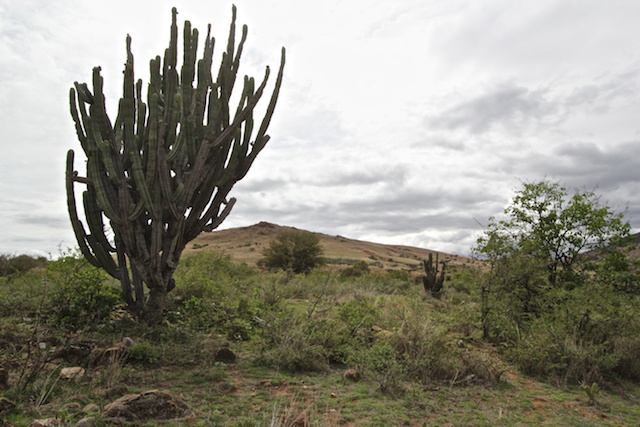
However, I'm going to tell you the story in the reverse order. I'm going to start with the mountains because in order to understand what's going on with Don Amado mezcal and the Mina Real expressions, you have to start with the source.
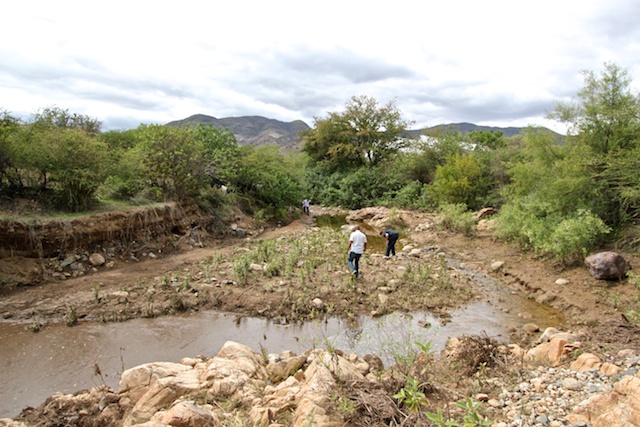
You also have to cross a small river.

After a bit of a hike you'll come to an expansive agave field with rows of budding espadín sprouting in orderly rows. It was in this field that we began to understand how special this place is to Bonifacio Arellanes Robles -- the man who owns the other half of Real de Mina. He is the eleventh generation of distillers in his family and his story began many years ago, on this very mountainside more than 4,000 feet above sea level.
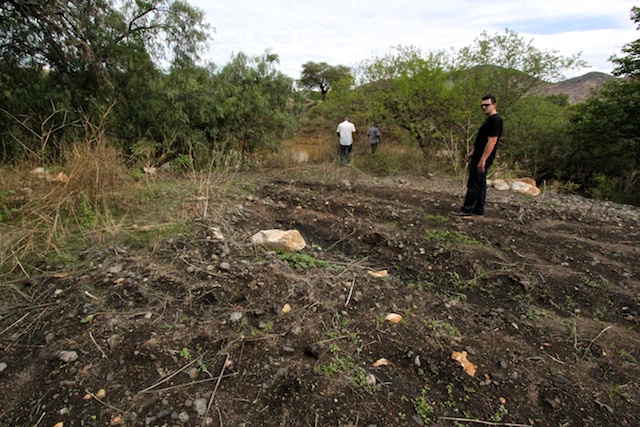
Boni's ancestors began distilling mezcal in clay pots using outdoor ovens to roast the agave right next to this area from where they were harvested. Boni remembers tending to the ovens as a child and the scorched earth still remains from where the operation once took place. Back then, his great-grandfather would put the distilled mezcal into a pot, strap it on his back, and hike the thirty miles north to Oaxaca de Juárez where he would sell his spirit for thirty centavos a liter.
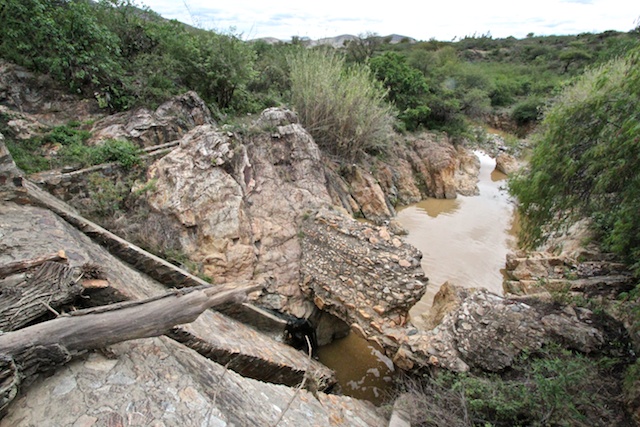
At the river, just a few meters from the ancient distillation site, an old stone bridge remains; built by his first family members to populate the area.
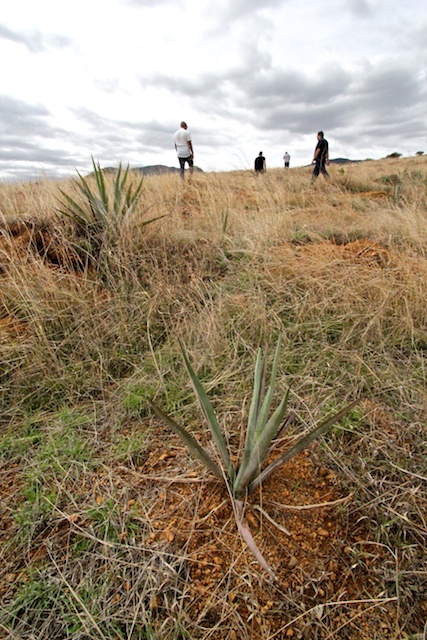
After crossing the water (using the bridge and attempting not to fall to our death), we headed up the other side of the valley to where Boni continues to cultivate agave in a much less orderly fashion. He also plants trees nearby which he uses for wood to burn the still fire at the distillery. All of the lumber used for distillation is self-sustained.

Even though they somewhat exist here as well, the perfectly-parallel rows of shiny agave in Jalisco are a bit of a joke in Oaxaca. Boni's family never believed in agave farms; they preferred to plant them here or there, in which ever spot seemed reasonable. If you look closely at the hillside you can see the small plants poking their way from in-between the weeds. The competition for nutrients with the wild grass actually forces the agave to struggle for survival, leading to better sugar levels within the piña. This is the same strategy enacted by vintners looking to make wine.
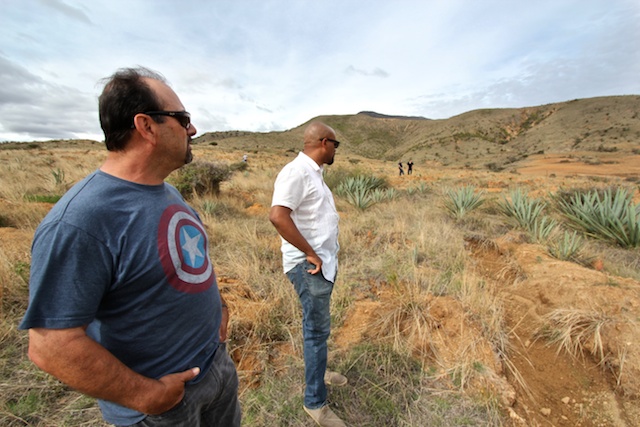
When you drink Don Amado or Mina Real mezcal, you're drinking a spirit made by simple people, using techniques that haven't changed much in more than a century. I know that sounds cheesy and cliché, but it's only because that line has been used by every liquor brand from here to Kentucky. It's just that, in the case of Bonificio and his partners, Jake and Jose, the story is actually true. More importantly, the person telling you the story is the person who actually lived it, and continues to distill that story into the bottle you purchase. It's that story you witness first hand when you walk into the mountains of Santa Catarina Minas.
-David Driscoll
